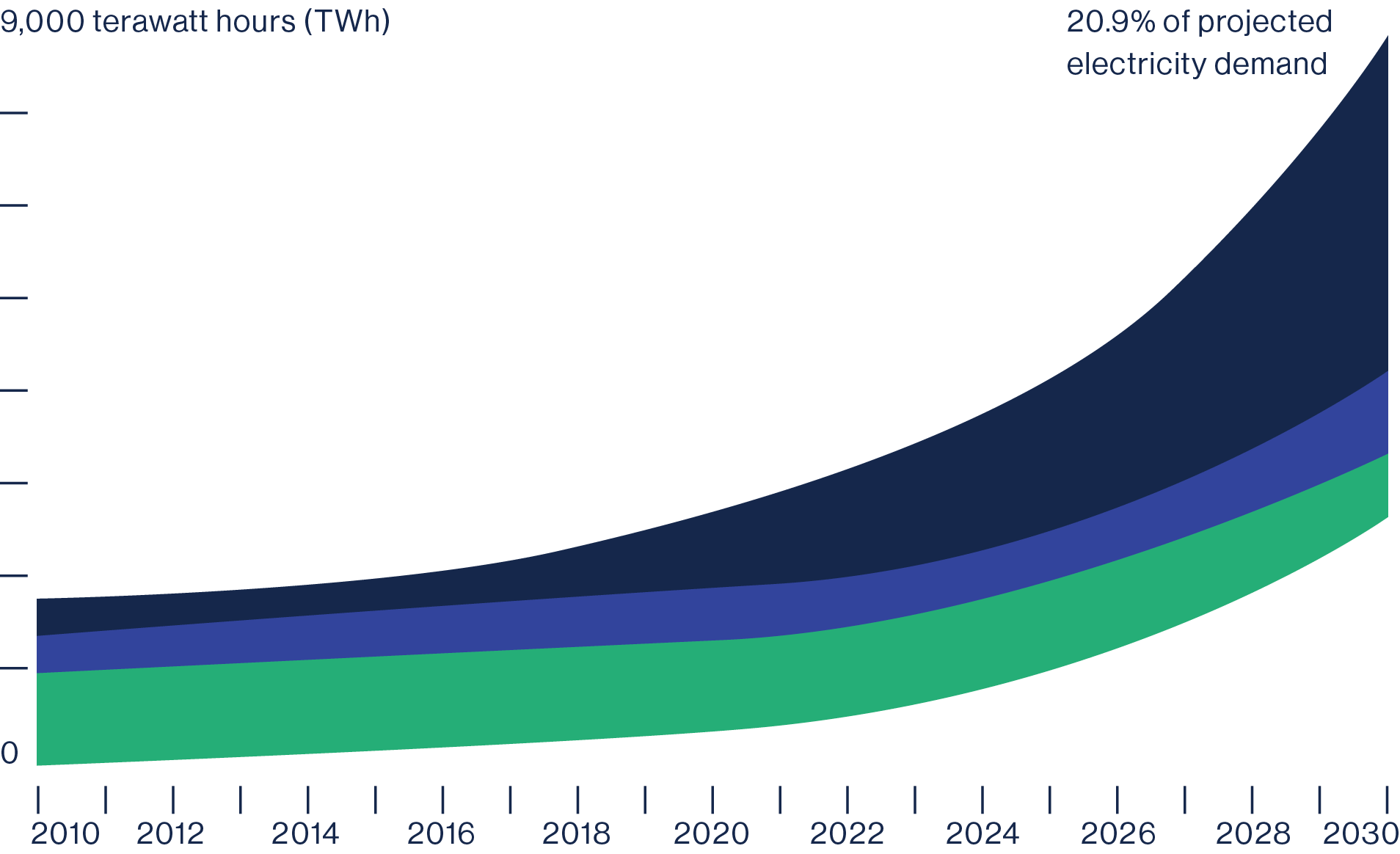5G mobile communication technology is currently being rolled out worldwide. At the AIT Austrian Institute of Technology in Vienna, we have already started work on the technologies for the 6th generation (6G). The first ideas for a new technology take ten years to be usable on the market by the general public. 6G, is expected to be available by 2030.
What will be
different with 6G?
For the first time 5G systems will provide dependable wireless communication links where about 99,999% of all data packets are correctly received and the time-delay for this transmission will be as short a 5 millisecond.
However, advanced use cases will require even better properties. For the communication between robots in industrial manufacturing lines or between robots and humans extremely short latency of max. 0.1 millisecond delay is required.
Automating train lines requires even higher reliability of 99,99999%, but this will make secondary lines profitable and reduce the C02 consumption of freight transport. Furthermore light weight CO2 efficient vehicles can be realized when an emergency braking vehicle warns all following vehicles of a rear-end collision.
What are our
research Goals?
Realizing the goals of low latency and high reliability with traditional techniques would increase the overall power consumption of wireless communications systems. Currently, all information and communication technologies together consume four percent of the global energy budget.
By 2030, that will have swelled to 20 percent according to a recent study.
Energy Forecast
Widely cited forecast suggest that the total electricity demand of information and communications technology (ICT) will accelerate in the 2020s, and that data centres will take a larger slice.
- Network (wireless and wired)
- Production of ICT
- Consumer devices (televisions, computers, mobile phones)
- Data centres

N. Jones, „The Information Factories,“ Nature, vol. 561, Sept. 2018.
HENCE, WE ARE EXPLORING NEW TECHNOLOGIES THAT ENABLE STRONG ENERGY SAVINGS.
These are ...
- 1-bit converters for radio signal reception and transmission
- quantum sensing for radio signals
- antenna arrays with a large aperture to collect more radio signal energy
- semi passive reflecting intelligent surfaces
- and the combination of vehicular radar with communication systems



